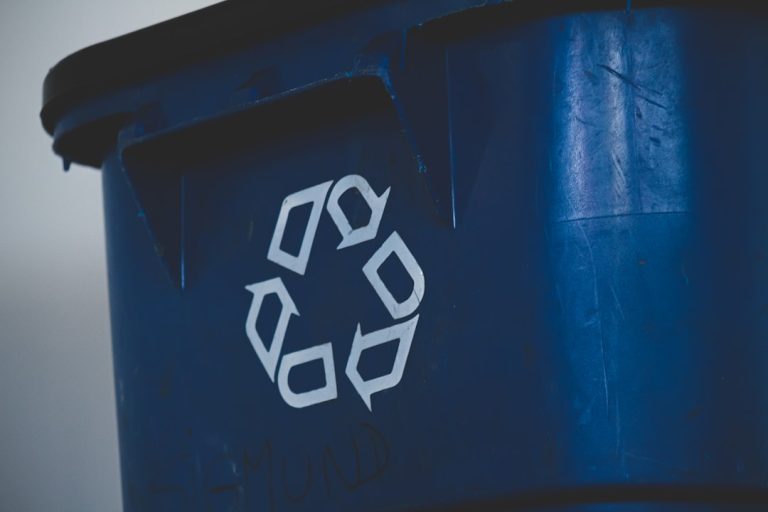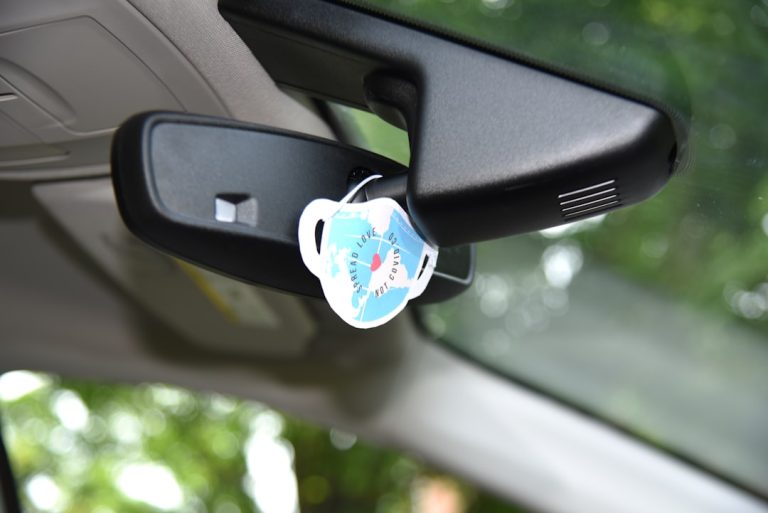My Guide to Sustainable Skincare Products (natural & Cruelty-free).
My Guide to Sustainable Skincare Products (natural & Cruelty-free)
In a world overflowing with beauty choices, finding products that truly align with your values can feel like navigating a complex maze. For years, I found myself drawn to the allure of beautiful packaging and bold claims, only to realize later that many of my choices weren’t just impacting my skin, but also the planet and its inhabitants. This realization sparked a journey, a personal quest to redefine my beauty routine. What I discovered transformed my approach to skincare entirely, leading me to a philosophy centered on sustainability, natural ingredients, and unwavering cruelty-free principles. This isn’t just a trend; it’s a conscious lifestyle choice, and I’m here to share my comprehensive guide with you, born from my own research, trials, and triumphs. Let’s embark on this journey together to cultivate a skincare routine that feels good, does good, and looks good.
Unpacking “Sustainable”: More Than Just a Buzzword in My Skincare Shelf
When I first started delving into “sustainable” skincare, I quickly learned it was far more nuanced than just seeing a green leaf on a label. For me, true sustainability in skincare encompasses a holistic view of a product’s entire lifecycle, from its ingredients’ origin to its end-of-life. It’s about minimizing environmental impact at every stage, ensuring ethical practices, and fostering a regenerative approach. My guide emphasizes looking beyond superficial claims to understand the real commitment brands make.
Tracing the Roots: My Criteria for Ethically Sourced Ingredients
The journey to truly sustainable skincare begins with its raw materials. I prioritize brands that are transparent about their ingredient sourcing, ensuring they are:
- Renewable and Responsibly Harvested: Are the plant-based ingredients grown without depleting natural resources? I look for certifications like organic or fair-trade, which often signify sustainable farming practices that protect biodiversity and soil health. For example, seeking out ingredients from regenerative agriculture can even help sequester carbon.
- Biodegradable: Once washed down the drain, will the ingredients break down naturally without harming aquatic ecosystems? This means actively avoiding synthetic polymers and microbeads, which are persistent pollutants. I always consider the end-of-life impact of every ingredient.
- Low Environmental Footprint: How much water, energy, and land were used to produce these ingredients? While challenging to track for every single component, brands that highlight their efforts in this area earn my trust. For instance, I’m always on the lookout for brands that use upcycled ingredients from other industries (like coffee grounds or fruit seeds), minimizing waste and maximizing resource efficiency.
Beyond Ingredients: My Lens on Packaging Innovation and Waste Reduction
The product inside the bottle is only half the story. The packaging itself contributes significantly to a product’s overall environmental footprint. My sustainable skincare journey led me to scrutinize packaging choices, moving away from single-use plastics towards more circular solutions.
- Recyclable Materials: I actively seek out glass, aluminum, and Post-Consumer Recycled (PCR) plastic. Brands that clearly label recycling instructions are a huge plus.
- Refill Systems: A truly innovative solution, refillable containers for cleansers, moisturizers, and serums dramatically reduce waste. Many brands now offer sleek, durable outer packaging with replaceable inserts.
- Minimalist & Compostable Packaging: Avoiding unnecessary secondary packaging (like extra boxes) and opting for materials like FSC-certified paper or even compostable biomaterials for sachets is a clear sign of commitment.
Conscious Manufacturing: The Unseen Efforts Behind My Favorites
The factory floor might seem distant, but the production process has a massive environmental impact. For me, a truly sustainable brand considers:
- Energy Efficiency: Do they use renewable energy sources (solar, wind) in their facilities? Are their processes optimized to reduce energy consumption?
- Water Conservation: Water is a precious resource. Brands that implement closed-loop water systems or minimize water usage in their manufacturing processes are making a significant difference.
- Waste Management: Beyond product packaging, what happens to the waste generated during manufacturing? I look for brands with robust recycling programs, efforts to minimize industrial waste, and even upcycling initiatives for manufacturing by-products.
Decoding “Natural” Ingredients: My Personal Checklist for Purity and Potency
The term “natural” is perhaps one of the most misused and misunderstood in the beauty industry. Many brands slap “natural” on their labels, even if their formulations contain only a minuscule percentage of nature-derived components alongside a cocktail of synthetics. My guide aims to cut through the marketing hype and equip you with the knowledge to identify genuinely natural and beneficial ingredients.

Ingredients I Actively Seek Out for My Skin’s Health
When I scan an ingredient list, I’m looking for a predominance of recognizable, plant-derived components that offer genuine benefits without unnecessary additives. My go-to list includes:
- Cold-Pressed Plant Oils: Jojoba, argan, rosehip, marula, and plant-derived squalane are rich in vitamins, antioxidants, and essential fatty acids that nourish and protect the skin barrier. I prefer cold-pressed as it retains more nutrients.
- Botanical Extracts & Hydrosols: Aloe vera, green tea, chamomile, calendula, and witch hazel hydrosol provide soothing, anti-inflammatory, and hydrating properties. Fermented ingredients, like lactobacillus ferments, are also gaining traction for their probiotic benefits.
- Bio-actives: Hyaluronic acid (derived from fermentation), bakuchiol (a natural retinol alternative), and vitamin C from fruit extracts (like acerola cherry or sea buckthorn) offer powerful targeted benefits.
- Essential Oils (Used Responsibly): Lavender, tea tree, frankincense, and geranium can offer therapeutic benefits, but I always ensure they are properly diluted, high-quality, and suitable for sensitive skin. I’m wary of products with a high concentration of undiluted essential oils.
- Mineral-Based Actives: Zinc oxide and titanium dioxide for natural, broad-spectrum sun protection, and purified clays (kaolin, bentonite) for gentle detoxification and purification.
I also appreciate brands that use minimal ingredients, focusing on potent, high-quality extracts rather than a long list of fillers. Less is often more when it comes to truly natural and effective skincare. For a deep dive into specific natural ingredients, check out my other guide.
My “No-Go” List: Ingredients I Consciously Avoid and Why
Equally important to knowing what to look for is understanding what to avoid. These are the ingredients that, based on my research and personal experience, raise red flags due to potential health concerns, environmental impact, or simply being unnecessary fillers:
- Parabens (e.g., Methylparaben, Propylparaben, Butylparaben): These synthetic preservatives have been linked to hormone disruption and are easily absorbed through the skin.
- Phthalates (e.g., DBP, DEHP, DEP): Often hidden in “fragrance,” phthalates are endocrine disruptors that can have adverse effects on reproductive health.
- Synthetic Fragrances/Perfume: A catch-all term that can hide hundreds of undisclosed chemicals, many of which are common skin irritants, allergens, and sensitizers. I opt for products scented with natural essential oils or those that are fragrance-free.
- SLS/SLES (Sodium Lauryl Sulfate/Sodium Laureth Sulfate): Harsh foaming agents commonly found in cleansers that can strip the skin’s natural moisture barrier, leading to dryness and irritation.
- Mineral Oil/Petroleum Jelly (unless pharmaceutical grade): While not inherently harmful, they are petroleum by-products and can feel occlusive without offering much active skin benefit. I prefer plant-derived emollients.
- Polyethylene Glycols (PEGs): Can be contaminated with 1,4-dioxane, a probable human carcinogen, during their manufacturing process.
- Microbeads: Tiny plastic particles that are massive ocean pollutants, harming marine life. Though largely banned in some regions, it’s still crucial to check product labels, especially for exfoliants.
- Certain Silicones (e.g., Cyclopentasiloxane, Cyclotetrasiloxane): Some forms






